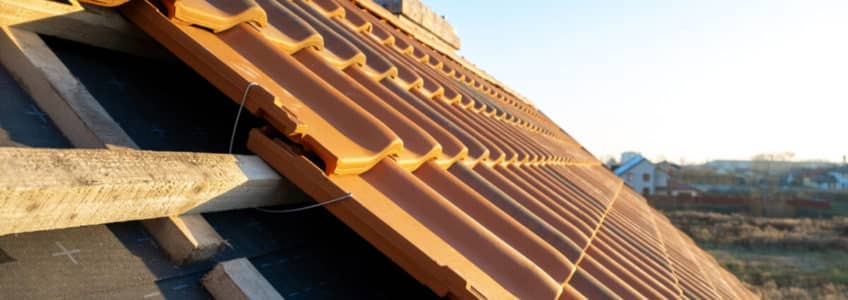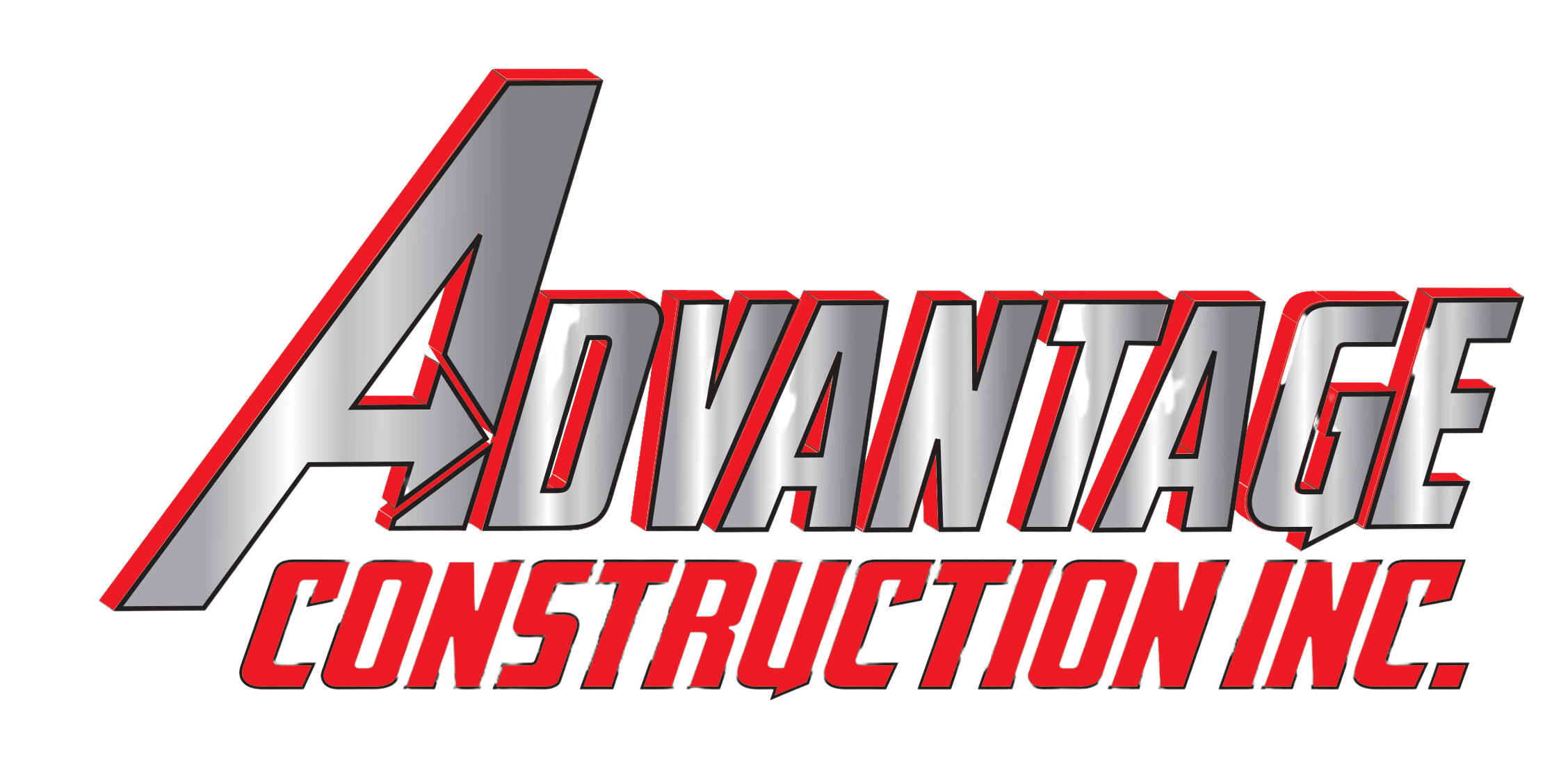
Roof underlayment is a crucial component for any roofing system, but it is especially important when installing a metal roof. Serving as a protective barrier, it prevents moisture from infiltrating and damaging your home while enhancing the durability and performance of your metal roof. Generally, the underlayment is installed directly on the roof deck, which is typically made of oriented strand board (OSB) or plywood, before the metal panels are laid.
Choosing the right underlayment is essential due to the unique characteristics of metal roofing. This guide will help you understand the key considerations and the different types of underlayment available to ensure optimal protection for your metal roof.
Key Considerations for Metal Roofing Underlayment
Metal roofs, like other roofing materials, require effective underlayment to prevent water penetration, protect against ice dams, and handle the specific challenges posed by metal, such as heat generation and thermal movement. Here are the crucial factors to consider:
- Moisture resistance: The underlayment must provide a robust barrier against moisture, which can be particularly problematic under metal roofs due to condensation.
- Temperature tolerance: Metal roofs can generate significant heat, so the underlayment must withstand high temperatures without deteriorating.
- Compatibility: Ensure that the underlayment is compatible with the metal roofing material and follows the manufacturer’s guidelines for installation.
- Local building codes: Adherence to local building codes is essential, as they may dictate specific requirements for underlayment in your region.
- Roof slope: The pitch of your roof influences the type of underlayment needed; steeper slopes might require different products than lower slopes.
Types of Underlayment for Metal Roofs
Underlayments for metal roofs come in various forms, each offering unique benefits depending on the application and installation method.
Self-Adhered Underlayments
Self-adhered underlayments, also known as ice and water barriers, are particularly beneficial in areas prone to severe weather. These underlayments feature a sticky backing that adheres firmly to the roof deck, creating a watertight seal that prevents moisture intrusion, especially in vulnerable areas like eaves, valleys, and around penetrations.
Advantages of Self-Adhered Underlayments
- Provides a secure, waterproof barrier against water and ice.
- Adheres tightly to the roof deck, reducing the risk of leaks.
- Excellent for use in high-risk areas of the roof.
For metal roofs, products like Owens Corning’s WeatherLock® Specialty Tile & Metal or Titanium® PSU30 offer excellent protection with high-temperature ratings and superior adhesion, ensuring that your roof remains protected against the elements.
Synthetic Underlayments
Synthetic underlayments are crafted from durable materials that offer superior tear resistance and are generally more effective than traditional felt paper. These underlayments are lightweight, water-resistant, and designed to handle the thermal expansion and contraction typical of metal roofs.
Benefits of Synthetic Underlayments
- High tear strength prevents damage during installation and use.
- Water-repellent properties help protect the roof deck from moisture.
- UV-resistant, allowing for extended exposure during installation without degradation.
- Lightweight and available in larger rolls, reducing labor and installation time.
Owens Corning offers a range of synthetic underlayments suitable for metal roofs, including ProArmor®, Deck Defense®, and Titanium® UDL Series. These products are engineered to withstand the challenges of metal roofing, providing long-lasting protection and ease of installation.
Why Not Felt?
Felt underlayments, while still used in some applications, are generally not recommended for metal roofs. The durability and performance of synthetic underlayments far exceed those of felt, particularly in the context of metal roofing, where high temperatures and moisture resistance are critical.
Disadvantages of Felt Underlayment:
- Prone to tearing, especially during installation.
- Absorbs water, which can lead to wrinkling and compromised effectiveness.
- Heavier and less flexible than synthetic options.
- Offers less traction and safety during installation.
Selecting the Best Underlayment for Your Metal Roof
Choosing the right underlayment for your metal roof depends on various factors, including the specific metal roofing material, your region’s climate, and your budget. For instance, homes in colder climates might benefit from self-adhered underlayments that provide additional protection against ice dams, while synthetic underlayments might be the better choice for their superior durability and heat resistance.
Consult with a Metal Roofing Professional
Choosing the right underlayment is a crucial step in ensuring the success of your metal roofing project. It’s essential to work with an experienced roofing contractor who understands the unique requirements of metal roofs. A knowledgeable professional can recommend the best underlayment options, ensure proper installation, and help you comply with local building codes, offering you peace of mind and long-lasting protection for your home.
At Advantage Construction, we specialize in metal roofing installations and can guide you in selecting the best underlayment to protect your investment. Our team is committed to delivering high-quality roofing solutions tailored to your specific needs. Contact us today to learn more about our services and how we can help enhance your home’s protection and energy efficiency.
